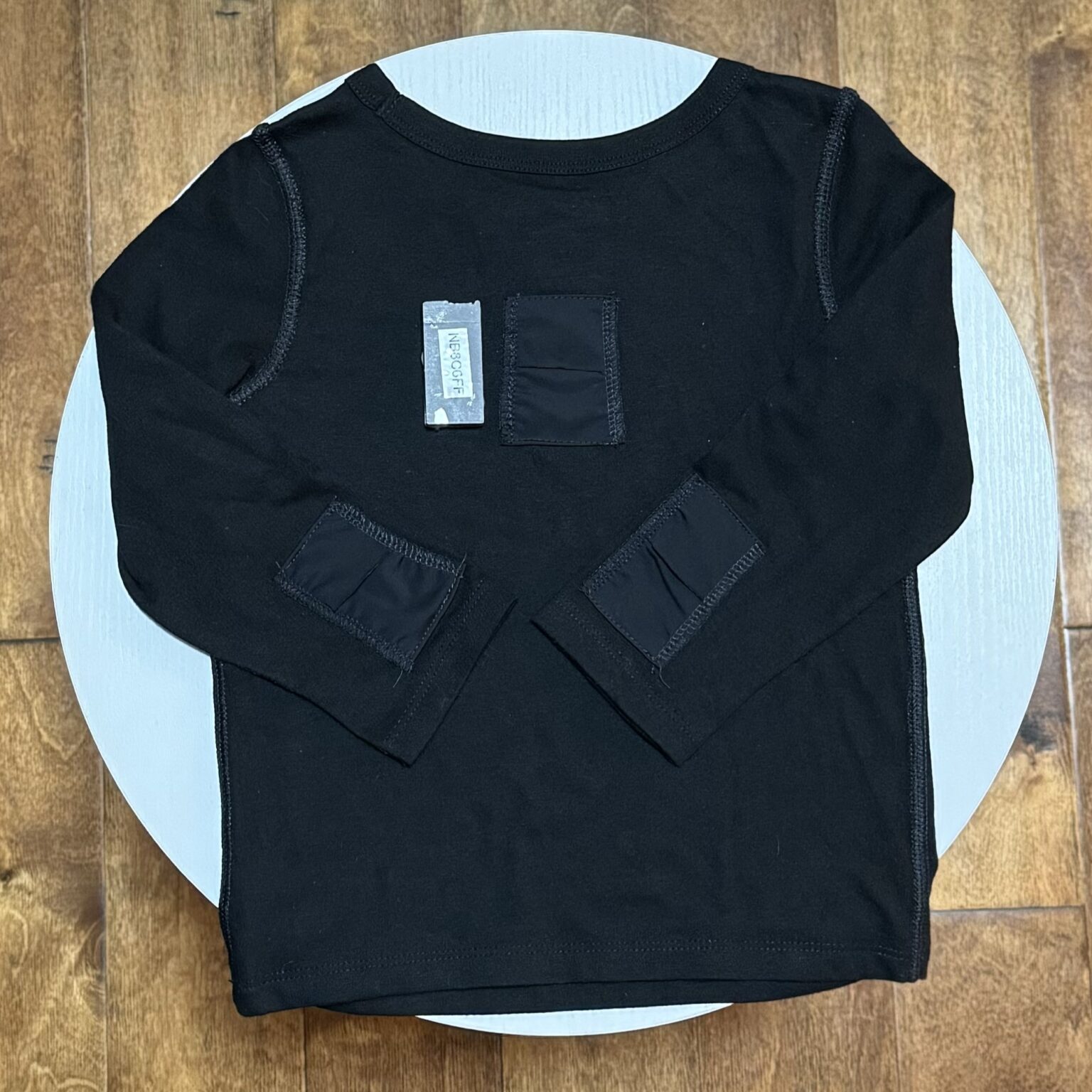Summary
Vanderbilt researchers led by Dr. Nilanjan Sarkar have invented a multimodal data capture system that gathers multi-sensory data from children and their ground-truth affective states to build a machine learning model yielding individualized profiles in accordance to the interview-informed synthesized contingency analysis (IISCA).
Addressed Need
Over two thirds of children with ASD display frequent problematic behaviors (PB) that may entail physical harm to self or others, non-compliance, property destruction, and elopement. Although common in ASD, these behaviors are not limited to autism diagnoses. They also occur as part of other developmental or genetic disorders, such as intellectual disability, as well as psychiatric disorders. Precursors (PC) are signs that a PB may be imminent. If a parent or caregiver can observe the precursors of PB in time to intervene, some PB can be mitigated or prevented. Current strategies for identifying PC and intervening on PB rely upon standardized human observation and coding. Automated systems hold potential to enhance and supplement this human observation.
Technology Description
The proposed data collection system’s data channels include motion (accelerations, joint angles), audio (pitch, volume, speech), physiological signals (heart rate, body, temperature, skin conductance), facial expressions (happy, mouth open, eyes open, etc.) and head rotations. Such profiles implemented on portable devices can predict imminent precursors with real time multimodal data. Paired with this data capture system is a software for displaying the collected data in accordance to the interview-informed synthesized contingency analysis (IISCA). During an IISCA, a behavior analyst records the behaviors and affective states of the children during assessment sessions. Right now, the IISCA or other affective state recording methods are carried out using paper and pen. To improve the convenience and precision of the current methods, the group designed and programmed a customized tablet application in Unity by C#. The App has multiple versions, observer one and parent one. The observer version is used in our pilot study and our observers use it to record the behaviors and affective states during experiments. Information collected is stored in a local file and then transferred into our database which is a classified folder in a Vanderbilt owned password protected workstation. The parent version can be downloaded to the phones of parents of children with usual PBs. The database is also password protected and only key personnel of the study have access.

Unique Features
This is the first multi-modal data collection system on precursors of problem behaviors that include multiple channels of signals.
A wearable motion sensor that is feasible to such a population as described previously
An application that records behavioral events akin to the IISCA standard in a way that fully considers the ergonomics of people with problem behaviors.
Intellectual Property Status
US Application Filed
Article: Researchers to test wearable tech to detect problem behaviors in children with disabilities and offer intervention strategies (Link)




